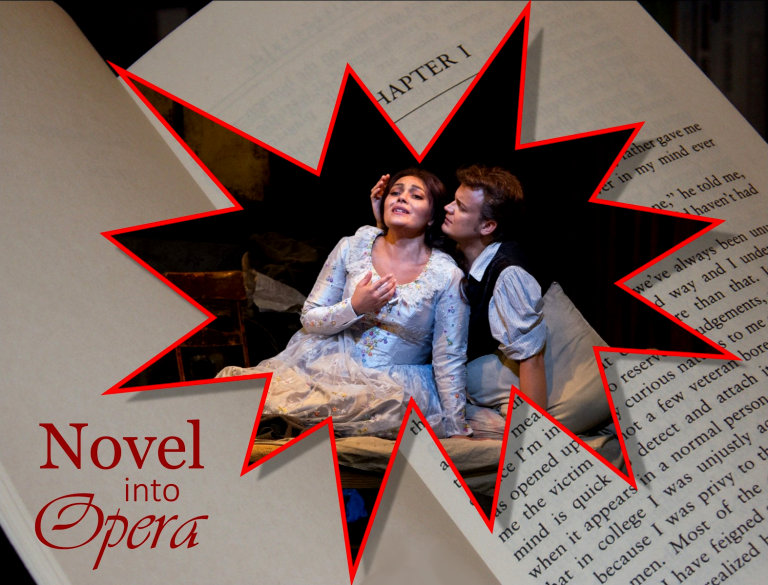| Handout (flat) Handout (folded) Class Script | Return to Index |
HANDOUTS
• EXERCISE: The Story of an Hour
• EXERCISE: Roman Fever
• Original texts from the Shakespeare plays
VIDEOS
Only one scene is available on YouTube exactly as we watched it in class: the love duet from Thomas Adès' Tempest. Nothing else from that opera is available in video, though I have found equivalents for the two Shakespeare excerpts and the aria in the Lee Hoiby opera. There are no free videos of Britten's Midsummer Night's Dream either; the links below are in good-quality audio. By contrast, most of the excerpts I showed of Brett Dean's Hamlet are available, though in shorter snippets than shown in class; there is even a chance to compare the two Ophelias: Barbara Hannigan at Glyndebourne and Brenda Rae in New York.
| A MIDSUMMER NIGHT'S DREAM | |||
| Britten opera |
Hermia and Lysander
(audio only) Waking Quartet (audio only) |
||
| THE TEMPEST | |||
| Shakespeare play |
Caliban's speech
(Joe Dixon, audio) Log-piling scene (Stratford Ontario) |
||
| Hoiby opera | Caliban's aria (Jacque Trussel, audio) | ||
| Adès opera | Love duet (as watched in class) | ||
| HAMLET | |||
| Dean opera (clips) |
Hamlet's soliloquy Players' scene (part only) Mad scene (Hannigan) (start only) Mad scene (Rae) (start only) Gertrude's aria (start only) |
||
| Glyndebourne trailers |
Excerpts Excerpts and interviews |
||
| IMAGES | |||||
| The thumbnails below cover the slides shown in class. Click the
thumbnail to see a larger image. Click on the right or left of the larger picture to go forward or back, or outside it to close. |
|||||
 |  |  | |||
 |  |  | |||
 |  |  | |||
 |  |  | |||
 |  |  | |||
